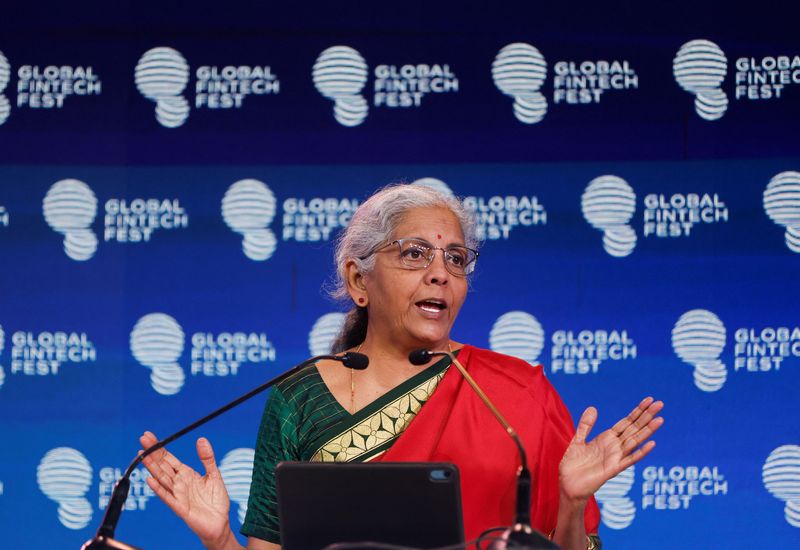NEW DELHI, (Reuters) – Indian Finance Minister Nirmala Sitharaman said today a political funding mechanism scrapped by the Supreme Court as “unconstitutional” was an improvement on the past but a more transparent system should be put in place.
Her comments came a day after the Election Commission made public names of companies and individuals who had donated billions of rupees to political parties under the system that had kept their identities secret.
Sitharaman rejected criticism that the system, introduced by her government in 2017, had led to graft, patronage of businesses and crony capitalism across political parties, but said lessons had to be learnt.
The Electoral Bonds system was challenged by opposition lawmakers and a civil society group on the grounds that it hindered the public’s right to know who had given money to which political party.
The Supreme Court banned the bonds last month.
“It is not a perfect system. But you moved from almost a wild law unto oneself kind of situation, where everybody did what they wanted,” Sitharaman told the India Today media conclave. “This is certainly not perfect. But one bit better.
“We have to introduce elements of lessons that we have taken from this, to make sure there is transparency.”
Elections cost Indian parties millions of dollars and funding parties has been a gray area for decades, with individuals and companies accused of secretly routing illegal funds to parties in exchange for favours.
The bonds system was introduced to route funds through the banks while the identities of the donors were kept secret to protect them from being targeted by rival political parties, the government said in 2017.
The names made public on Thursday showed that some of India’s biggest companies had donated billions of rupees in batches over the last five years by buying bonds from the government-run State Bank of India SBI.NS.
Another list showed how Prime Minister Narendra Modi’s ruling Bharatiya Janata Party (BJP) received nearly half the 127.7 billion rupees donated during the period.
The two lists, however, did not connect who donated how much to which party.










